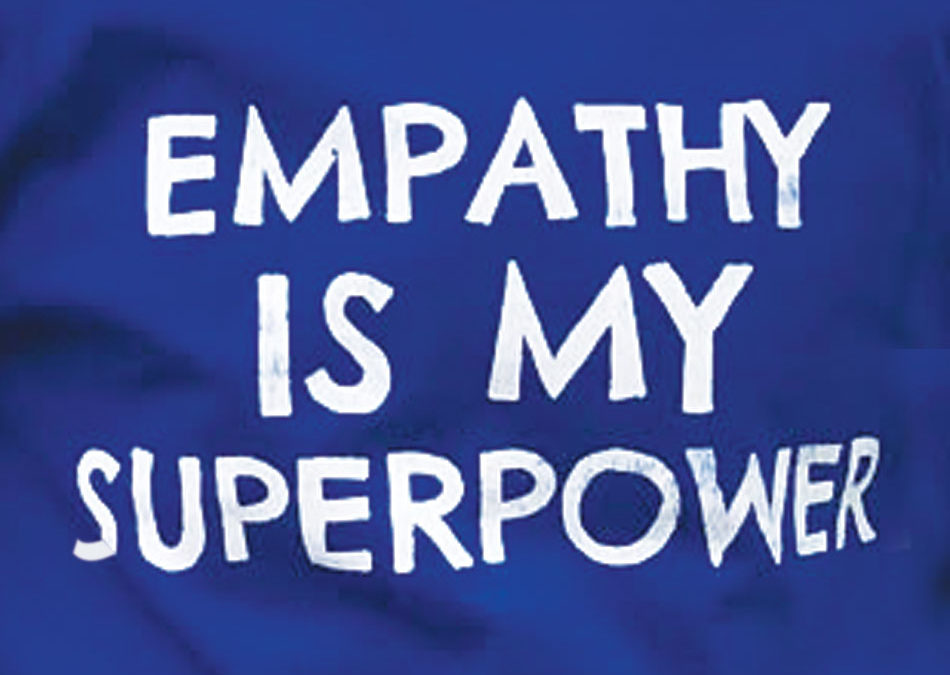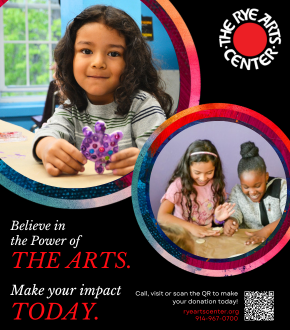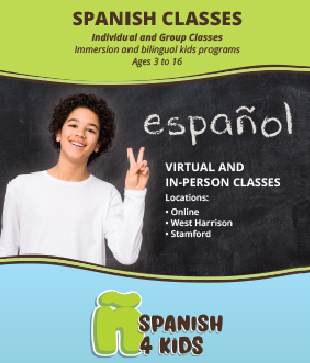School Regrouping
Reagrupación de clases
Often parents hope that their children will stay with their best friends in the same class at school. Others might hope that this does not happen and that their children will have the opportunity to expand their group of friends. What is the origin of regrouping student groups in classes and what are the benefits? We interviewed the principal of Preston Elementary School in West Harrison to tell us about his approach to why regrouping is good and what the advantages are.
Why are students regrouped every year?
Each school system handles the regrouping of students differently. The Philosophy and goals of the school and the size of the school can influence this. Other concerns can be what the school is offering in terms of special education, English as a New Language, or school focus if it’s a magnet school.
What are the pros and cons of this regrouping?
The benefits of keeping kids together from one grade to the next are that they know each other, the teacher knows the students well, and they have a history together that the next teacher can capitalize on. When it works well it’s great, but when it doesn’t work well it can be problematic.
One con of keeping students together is that kids might feel like they need a break or wish that there were other students to work and play with. It also impacts the dynamics of the classroom when students might not get along.
The whole community has to be willing to do the hard work to make sure everyone is accepting one another and understanding the perspectives of others. One benefit of regrouping kids is that they have an opportunity to get to know other people they may not have met before, enabling kids to develop new perspectives.
One of the goals of creating new class groups is giving everyone a new start, both with a new teacher and with a new set of classmates.
Can parents request that their child be moved?
It depends on each school. In our school, prior to placing children in classes, I advise parents they can write me about what they feel would be the best setting for their child.
I think parents should voice their concerns, but I think the goal is to problem solve with the school to figure out the best course of action.
Placing kids takes into consideration many things like what kind of learners the students are, the needs they have, special services the class might need, etc. Once the classes are set, the parents do have to trust that the teachers and the administration have done their job to place the kids thoughtfully.
How does shifting student friend groups affect kids?
While younger kids are still developing relationships with their peers, older kids with well-established friend groups might be more concerned about which kids they will be seeing on a regular basis. However, learning how to interact with new groups of people is an important skill for people of all ages. It’s normal and natural for friend relationships to change and there should always be room for new friends.
Placement is a very thoughtful process. In our school, the teachers and I sat together multiple times and we regrouped kids to create classrooms where kids are going to thrive and where they will be able to succeed. We need partnership with parents to help make this happen. If kids have concerns about the class they were put in, it’s helpful for the parents to partner with the school in helping their children see the opportunities the new class may offer. It’s a life skill to be flexible since there are going to be times and situations that are not what you expected. We have to help kids to persevere. If we save them every single time that they face a difficult situation, what will they do when they become adults? Teaching kids to be resilient is important. When kids enter school thinking that their parents are concerned about something, this impacts how they see that classroom. Even if students were put in a seemingly perfect setting with their friends, there is no guarantee that the class dynamic would stay this way.
Change is inevitable.
 A menudo, los padres esperan que sus hijos permanezcan con sus mejores amigos en la misma clase. Otros esperan lo contrario y que sus hijos tengan la oportunidad de expandir su grupo de amistades. ¿Cuál es el origen de reagrupar a los estudiantes en las clases y cuáles son los beneficios? Entrevistamos al director de la escuela primaria Preston en West Harrison para que nos contara sobre su enfoque de por qué la reagrupación es buena y cuáles son las ventajas.
A menudo, los padres esperan que sus hijos permanezcan con sus mejores amigos en la misma clase. Otros esperan lo contrario y que sus hijos tengan la oportunidad de expandir su grupo de amistades. ¿Cuál es el origen de reagrupar a los estudiantes en las clases y cuáles son los beneficios? Entrevistamos al director de la escuela primaria Preston en West Harrison para que nos contara sobre su enfoque de por qué la reagrupación es buena y cuáles son las ventajas.
¿Por qué los estudiantes son reagrupados todos los años?
Cada sistema escolar maneja la reagrupación de manera distinta. La filosofía y los objetivos de la escuela y el tamaño de esta pueden influir en ello. Otras cuestiones pueden ser lo que la escuela ofrece en términos de educación especial, inglés como nuevo idioma o enfoque escolar si es una escuela magnet.
¿Cuáles son los pros y los contras de la reagrupación?
Los beneficios de mantener a los niños juntos de un grado a otro son que se conocen entre ellos y que el maestro los conoce bien y tienen una historia juntos que el próximo maestro puede aprovechar. Cuando esto funciona bien es productivo, pero cuando no, puede ser problemático. Una desventaja de mantenerlos juntos es que pueden sentir la necesidad de descanso o desear que haya otros estudiantes para trabajar y jugar. También, el no llevarse bien con los compañeros puede afectar la dinámica del aula.
Toda la comunidad debiera estar dispuesta a hacer el trabajo duro de asegurarse de que todos se acepten mutuamente y puedan comprender las perspectivas de los demás.
Un beneficio de reagrupar a los niños es la oportunidad de conocer a otras personas, lo que les permite desarrollar nuevas perspectivas.
Una de las metas de crear nuevos grupos de clase es darles a todos un nuevo comienzo, tanto con un nuevo maestro como con un nuevo grupo de compañeros de clase.
¿Pueden los padres solicitar que su hijo sea cambiado de aula?
Depende de cada escuela. En la nuestra, antes de colocar a los niños en las clases, aconsejo a los padres que me hagan saber lo que creen que sería el mejor ambiente para sus hijos.
Creo que los padres deberían expresar sus preocupaciones, y creo que el objetivo es resolver los problemas con la escuela para determinar el mejor curso de acción.
Al ubicar a los alumnos se tienen en cuenta muchas cosas, como qué tipo de aprendices son, sus necesidades, los servicios especiales que la clase podría necesitar, etc. Una vez que estas se establecen, los padres deben confiar en que los maestros y la administración han hecho su mejor trabajo en colocar a los niños cuidadosamente.
¿Cómo afecta a los estudiantes la separación de grupos de amigos?
Mientras que los más pequeños todavía están desarrollando relaciones con sus compañeros, los mayores, con grupos de amigos bien establecidos, suelen estar más preocupados por la reagrupación. Sin embargo, aprender a interactuar con nuevas personas es una habilidad importante para personas de todas las edades. Es normal y natural que las relaciones de amistad cambien. Siempre debe haber espacio para nuevos amigos.
La agrupación de alumnos es un proceso de mucho pensar. En nuestra escuela, los maestros y yo nos sentamos repetidas veces para lograr aulas donde los niños prosperen y alcancen el éxito. Necesitamos una asociación con los padres para que esto suceda. Si los niños tienen inquietudes sobre la clase en la que fueron asignados, es útil que los padres se asocien con la escuela para ayudarlos a ver las oportunidades que la nueva clase puede ofrecer. Ser flexible es una habilidad para la vida, ya que habrá momentos y situaciones inesperadas. Debemos ayudar a los niños a perseverar. Si los salvamos cada vez que enfrentan a un problema, ¿qué harán cuando sean adultos? Enseñar a los niños a ser resistentes es importante. El ingresar a la escuela pensando que los padres están preocupados por algo, afecta la forma de ver el aula. Incluso, si los alumnos fuesen reagrupados en una clase aparentemente perfecta con sus amigos, no habría garantía de que la dinámica de la clase se mantuviera de esa manera. El cambio es inevitable.





